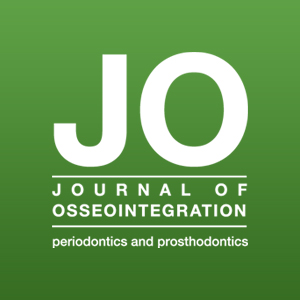Articles
Vol. 15 No. 2 (2023)
Aerosol spread during maxillary sinus floor elevation: piezosurgery vs. conventional rotary system. A cadaver study

Publisher's note
All claims expressed in this article are solely those of the authors and do not necessarily represent those of their affiliated organizations, or those of the publisher, the editors and the reviewers. Any product that may be evaluated in this article or claim that may be made by its manufacturer is not guaranteed or endorsed by the publisher.
All claims expressed in this article are solely those of the authors and do not necessarily represent those of their affiliated organizations, or those of the publisher, the editors and the reviewers. Any product that may be evaluated in this article or claim that may be made by its manufacturer is not guaranteed or endorsed by the publisher.
Received: 18 October 2022
Accepted: 17 April 2023
Accepted: 17 April 2023
716
Views
349
Downloads












